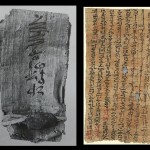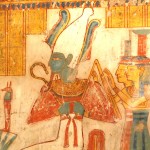
The Significance of the Crossed Arms Pose – Part 2: Osiris, The Osiris and the Osirides
Is it a futile activity to ask, as I do in this series of articles, “What is The Significance of the Crossed-Arm Pose?” It might be argued, for instance, that variations in the pose at death exhibited by royal mummies simply reflect what embalmers decided to do on the day, or at least the customary practice of a particular undertaker. Similarly, it might be argued that each individual anthropoid coffin might be expected to reveal some unique design characteristic, and that no significance should be attached to the specific hand/arm pose depicted on the lid. [more…]
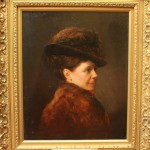
Marianne Brocklehurst and the West Park Museum, Macclesfield. Part 2
In part 1 I looked at how Marianne Brocklehurst acquired a collection of some 500 Ancient Egyptian objects during the three trips to Egypt that she records in her diary, cartoons, sketches and watercolours. In this section I look at the museum and the collection that Marianne and her brother Francis built for the benefit of the residents of Macclesfield in northwest England. [more…]
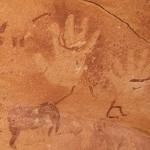
Book Review: Wadi Sura – The Cave of Beasts
The name “Cave of Beasts” comes from the strange headless creatures, an example of which can be seen on the cover of the book to the left. It comprises an estimated 8000 images over an area of some 120 square metres on the northeastern edges of the vast Gilf Kebir plateau. The book is edited by the much-published and respected archaeologist Rudolph Kuper, one of the major contributors to the archaeology of the area. [more…]
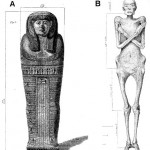
The Significance of the Crossed Arms Pose in the New Kingdom – Part 1
Amongst the many miracles through which delicate objects are preserved from ancient Egypt down into modern times, perhaps the most remarkable is the survival of the mortal remains of a virtually complete sequence of New Kingdom rulers. These kings, along with a number of queens and lesser royalty – who date from the end of the Seventeenth Dynasty through to the start of the Twenty-Second Dynasty – are generally referred to as the Royal Mummies, and were for the most part recovered from the Royal Cache of 1881 (in tomb TT320), and the Second Royal Cache of 1898 (in tomb KV35, the tomb of Amenhotep II). [more…]
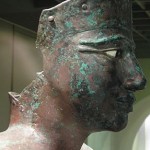
Labib Habachi A Life to Know…. Part 1
The story of Labib Habachi was predictable (Figure 1). For centuries Egyptians suffered from the prejudicial views of foreigners arriving in their country. Some came in search of treasure, others in pursuit of knowledge and many simply to pass time because they had the wealth to do so. Half-hearted efforts were made by a few to train Egyptians as excavators, such as when a University was opened in 1869 in Bulaq. Lacking support and adequate funding it proved unsuccessful, closing its doors in less than five years. [more…]
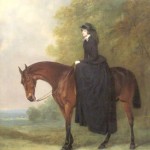
Marianne Brocklehurst and the West Park Museum, Macclesfield – Part 1
Marianne Brocklehurst was the daughter of a wealthy Victorian silk manufacturer (figure 1). On the one hand she was, by all accounts, charming, bright, and full of curiosity, with a love of travel and history. She was articulate, an engaging writer and a talented painter and cartoonist. But although her portraits show a beautiful face, Marianne had side to her that was far from angelic side to her. Travelling to Egypt in the early 1870s she became a self-confessed amateur smuggler, enthusiastically joining in with the popular pastime of purchasing black-market objects to take home. [more…]
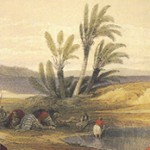
Book Review: Traveling Through the Deserts of Egypt
Traveling Through the Deserts of Egypt is a book of excerpts from the works of writers from Herodotus to modern times. The authors are the founding members of the Association for the Study of Travel in Egypt and the Near East (ASTENE) and between them have written a number of books and essays on travel writing. As one would expect with a publication from the American University in Cairo Press (AUC), the production values are excellent. [more…]
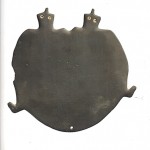
Book Review: Dawn of Egyptian Art
The United States was blessed with two exhibitions about the Predynastic in the last two years: Before The Pharaohs at the Oriental Institute in Chicago (March 29th to December 31st 2011) and Dawn of Egyptian Art at the New York Metropolitan Museum of Art (April 10th – August 5th 2012). Both museums produced books to both accompany the exhibition and serve as standalone works, edited by their curators, with contributions by a number of well-known scholars in Predynastic and Early Dynastic research. In this edition I will look at will look at Dawn of Egyptian Art. In Edition 9 I will review Before the Pharaohs. [more…]
 By
By 
